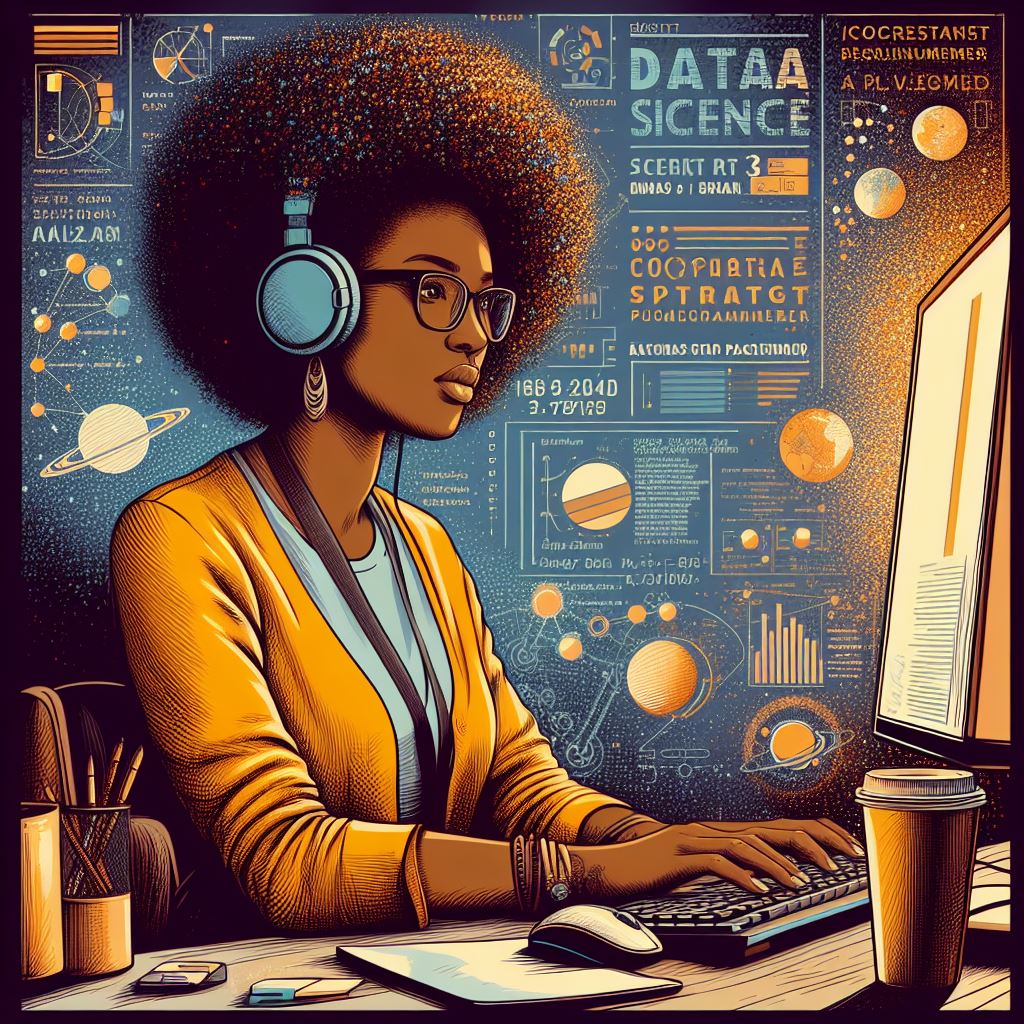As we approach 2025, the future of machine learning (ML) is looking brighter than ever. With rapid advancements in technology, machine learning continues to evolve and reshape industries in ways that were once unimaginable. By 2025, we can expect significant breakthroughs in various fields, from healthcare to finance, transportation, and beyond. In this article, we explore the most prominent trends and innovations that will define the landscape of machine learning in the coming years.
1. Enhanced Automation and Efficiency
One of the primary trends driving the future of ML is the increasing automation of tasks. In 2025, businesses across all sectors will rely more heavily on machine learning models to automate repetitive tasks, improve operational efficiency, and reduce human error. Automation will not only lead to cost savings but will also unlock new opportunities for employees to focus on higher-level decision-making and creative problem-solving. Industries such as manufacturing, logistics, and customer service will see significant transformations, thanks to smarter ML algorithms.
2. Improved Natural Language Processing (NLP)
Natural language processing, a subset of ML that focuses on enabling machines to understand, interpret, and generate human language, will experience significant improvements by 2025. As a result, ML-driven tools will become more adept at understanding complex human interactions, making AI chatbots, virtual assistants, and automated transcription services more effective and intuitive. This progress in NLP will have a profound impact on industries like customer support, content generation, and even mental health care, where AI could assist in interpreting patients’ emotions and providing relevant feedback.
3. Deep Learning and Neural Networks
Deep learning, powered by neural networks, will continue to be a driving force in ML innovation. By 2025, we expect to see even more advanced neural networks capable of solving complex problems that were once thought to be out of reach. This includes breakthroughs in areas like computer vision, where ML models can identify and classify objects with high accuracy, and autonomous systems, where self-driving cars will become safer and more reliable. In addition, deep learning will play a pivotal role in personalized medicine, helping to design more effective treatments based on individual genetic profiles.
4. ML for Ethical Decision-Making and Bias Mitigation
As machine learning becomes more integral to decision-making processes, there will be an increased focus on ensuring fairness and transparency. By 2025, there will be advancements in creating ML systems that can make ethical decisions while minimizing biases. Efforts will be made to build AI models that are more inclusive and reflect diverse perspectives. Researchers and practitioners will work toward creating ML algorithms that are both accurate and socially responsible, addressing concerns around discrimination in hiring practices, loan approvals, and law enforcement.
5. Edge Computing and Decentralized AI
In 2025, we can also expect to see a rise in edge computing, which involves processing data locally on devices instead of relying on centralized cloud servers. This trend will allow machine learning models to operate faster and more efficiently, especially in environments with limited connectivity. From smart devices to IoT applications, edge computing will empower machines to make real-time decisions, leading to more responsive systems in fields like healthcare (e.g., real-time patient monitoring) and autonomous vehicles.
Conclusion
The future of machine learning in 2025 is full of promise, with groundbreaking advancements set to transform industries and society as a whole. As ML technologies continue to evolve, we can expect them to become even more powerful, intelligent, and integrated into everyday life. From automation and NLP to ethical AI and edge computing, machine learning will pave the way for innovative solutions and create opportunities for businesses and individuals alike. The potential of ML in 2025 and beyond is limitless, and we are only beginning to scratch the surface of what’s possible.
